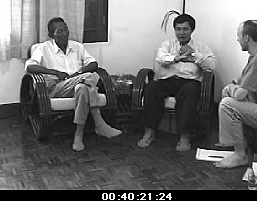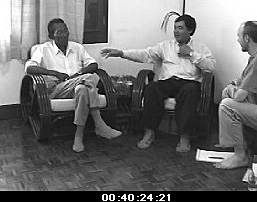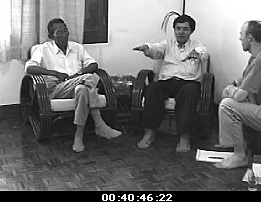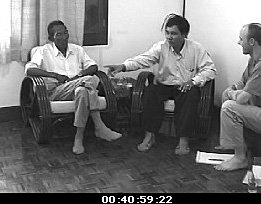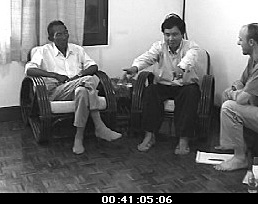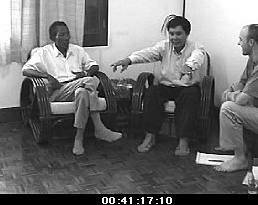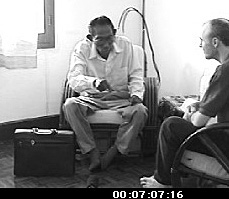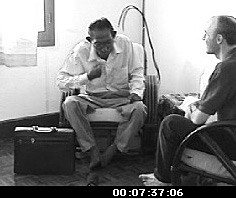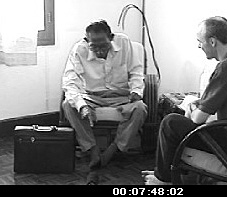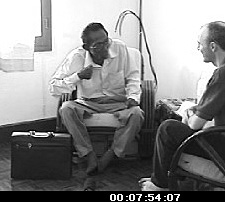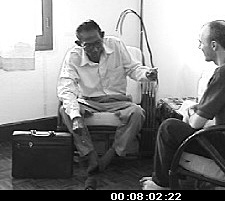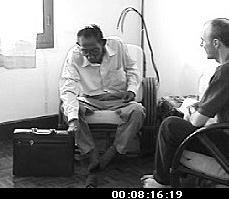DiProducing and Editing Diagrams Using Co-Speech Gesture: Spatializing Nonspatial Relations in Explanations of Kinship in Laos
By N.J. Enfield, Max-Planck Institute for Psycholinguistics
This article presents a description of two sequences of talk, by urban speakers of Lao (a Southwestern Tai language spoken in Laos), in which co-speech gesture plays a central role in explanations of kinship relations and terminology. The speakers spontaneously use hand gestures and gaze to spatially diagram relationships that have no inherent spatial structure. The descriptive sections of the article are prefaced by a discussion of the semiotic complexity of illustrative gestures and gesture diagrams. Gestured signals feature iconic, indexical, and symbolic components, usually in combination, as well as using motion and three-dimensional space to convey meaning. Such diagrams show temporal persistence and structural integrity despite having been projected in midair by evanescent signals (i.e. hand movements and directed gaze). Speakers sometimes need or want to revise these spatial representations without destroying their structural integrity. The need to “edit” gesture diagrams involves such techniques as hold-and-drag, hold-and-work-with-free-hand, reassignment-og-old-chunk-to-new-chunk, and move-body-into-new-space.
Video Clips for Example 1: Marriage between cousins
Video Clips for Example 2: Use of kinship terms between siblings

This work is licensed under a Creative Commons Attribution-Noncommercial-No Derivative Works 3.0 United States License.
